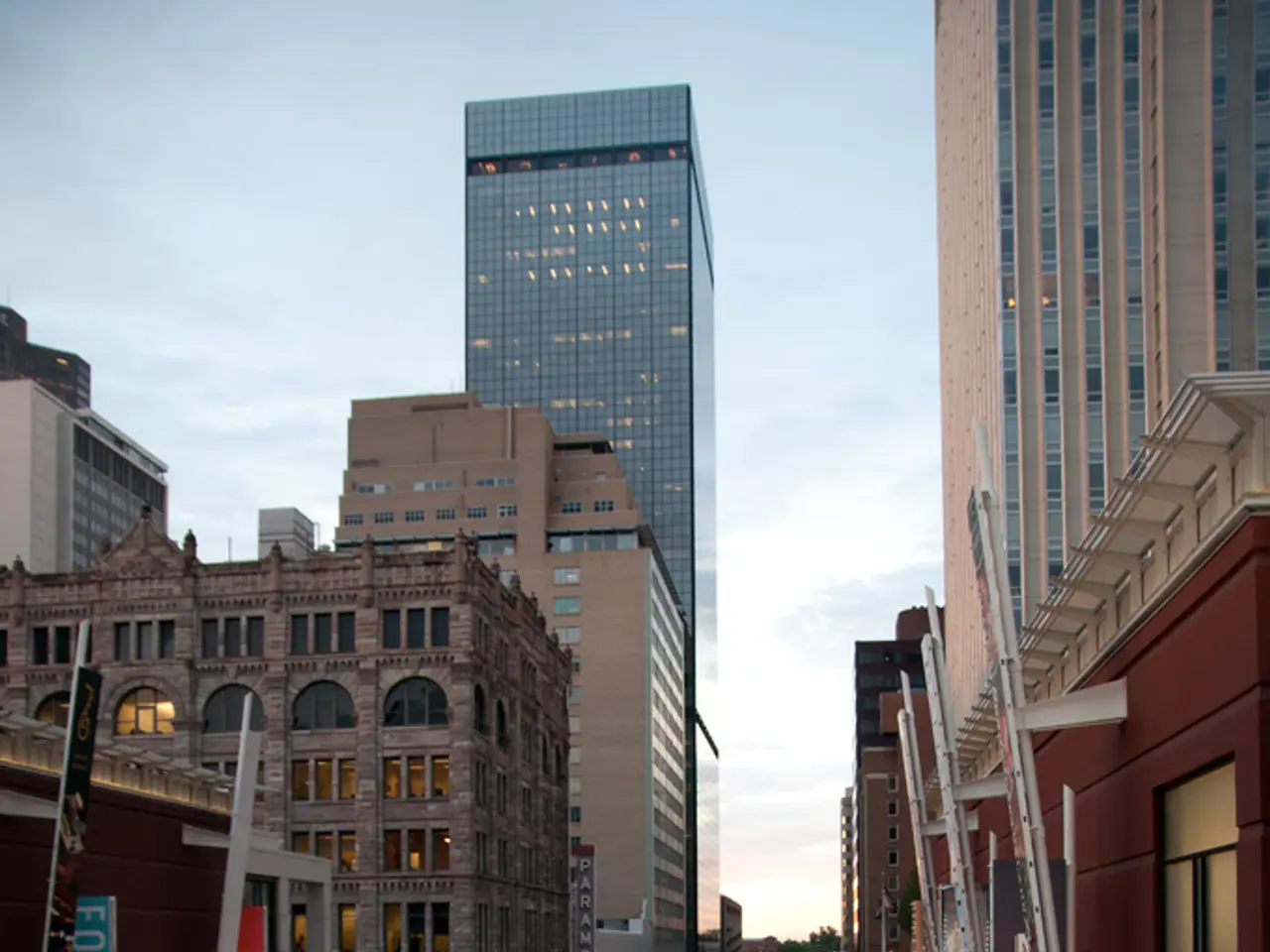Collapse of the Soviet Union: Unraveling the Tale of Its Demise
The collapse of the Soviet Union in 1991 marked a significant turning point in the lives of ordinary citizens, ushering in an era of economic hardship, social disruption, cultural shifts, and a challenging recovery.
Economic Collapse
The late Soviet period and its immediate aftermath were characterized by widespread economic hardship. The Soviet economy, plagued by inefficiencies and a lack of modernization, struggled to meet the demands of its citizens, particularly in consumer goods production[1][3]. After the collapse, the transition from a planned economy to a market economy was chaotic, leading to hyperinflation, the collapse of the ruble, and a sharp decline in living standards. Many salaries were delayed or paid partially in goods, a reminder of past economic crises[1]. Barter and black market activities became common as money lost its reliability, and widespread shortages of food, fuel, and essential goods were a daily reality for many[1].
Social Disruption
The collapse caused massive social upheaval, with the loss of state control and social safety nets leading to increased inequality, unemployment, and insecurity for millions who had been guaranteed jobs and social services under the Soviet system[4]. Crime rates rose, and organized crime thrived in the power vacuum. Public trust in institutions eroded, and political instability accompanied the economic difficulties[4]. Many families experienced downward social mobility; pensions and welfare payments were often insufficient or irregular.
Cultural Shifts
The fall of the Soviet Union brought significant cultural shifts. Soviet ideology and state-controlled culture gave way to increased openness and exposure to Western ideas, media, and consumer goods[2]. There was a revival of religion, suppressed under Soviet atheism, and a reassertion of national identities in constituent republics. The population experienced a cultural shock as the identity and daily routines tied to Soviet structures broke down, but also gained new freedoms to express themselves.
Recovery
Recovery was uneven and slow. The 1990s were marked by continued economic crisis for many. Some transitioned successfully to new market opportunities, while others remained marginalized. Governments introduced reforms to stabilize the economy, privatize state assets, and build new political and social institutions, but corruption and inefficiency hampered progress[3]. Over time, some living standards improved, but the transition left lasting marks on the population in terms of economic insecurity and a changed social fabric.
In essence, the average citizen's everyday life during the dissolution of the Soviet Union was dominated by uncertainty, hardship, and rapid transformation, with recovery taking years and varying greatly by region and social group[1][3][4].
Gorbachev's attempts to decentralize power allowed republics within the USSR to assert their sovereignty, further destabilizing the union. Healthcare and education systems suffered due to underfunding and corruption, leading to severe shortages of medicine and equipment, and a decline in quality. Corruption became prevalent in newly formed governments, with police demanding bribes and organized crime flourishing. Millions of people became unemployed as factories shut down during the economic transition.
Following Ukraine's independence vote and other republics' declarations, Gorbachev resigned on December 25, 1991, marking the official end of the Soviet Union. The fifteen independent nations that emerged from the centralized socialist state faced a long and challenging road to recovery, but also a newfound opportunity for self-determination and economic growth.
- In the wake of the Soviet Union's collapse, healthcare and education systems, plagued by underfunding and corruption, faced severe medicine and equipment shortages, leading to a decline in quality.
- The economic hardship brought about by the collapse also resulted in a rise of corruption within newly formed governments, with police demanding bribes and organized crime flourishing.
- The aftermath of the Soviet Union's dissolution saw millions affected by unemployment, as factories shut down during the economic transition.
- War-and-conflicts, policy-and-legislation, politics, and general-news surrounding the breakup of the Soviet Union significantly impacted the survival of its citizens, particularly in the realm of healthcare and economic stability.







